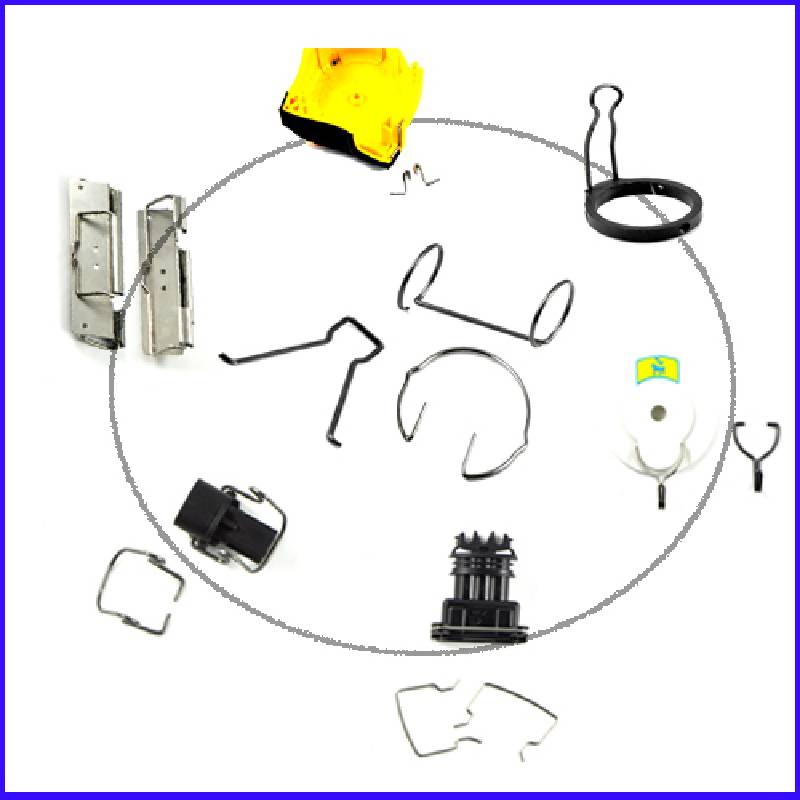
- Mobile Phone
- +8613931874955
- sales@cntcmetal.com
Wall Plate Ties for Structural Stability and Improved Strength in Construction Projects
Understanding Wall Plate Ties A Key Component in Structural Integrity
In the realm of construction and architecture, structural integrity is paramount. One critical yet often overlooked element in maintaining the stability of buildings is the wall plate tie. This article aims to provide an in-depth understanding of wall plate ties, their purpose, materials, installation practices, and their role in modern construction.
What Are Wall Plate Ties?
Wall plate ties are structural components used to connect walls to roof plates, particularly in timber-framed buildings. These ties help distribute loads and provide lateral support, ensuring that walls do not buckle or collapse under stress. They are essential in resisting wind uplift and lateral forces, making them integral to a structure's overall stability.
The Purpose of Wall Plate Ties
The primary function of wall plate ties is to secure the intersection between the roof and the walls. By doing so, they help to
1. Prevent Wall Collapse Wall plate ties keep the walls stable, preventing them from leaning or tipping over due to external forces, such as high winds or seismic activity.
2. Distribute Loads They aid in evenly distributing both vertical and lateral loads throughout the structure, thereby enhancing its overall robustness.
3. Enhance Durability By offering additional support, wall plate ties increase the lifespan of both walls and roofs, reducing the likelihood of structural failure over time.
4. Regulatory Compliance Many building codes require the use of wall plate ties for safety, ensuring that buildings can withstand environmental stresses.
Materials Used for Wall Plate Ties
Wall plate ties can be made from various materials, each with its own set of advantages
- Steel Ties These are the most common type of wall plate ties, known for their strength and durability. Galvanized steel ties are particularly favored due to their resistance to corrosion, making them suitable for indoor and outdoor applications.
wall plate ties

- Plastic Ties In some cases, plastic ties may be used, particularly in lightweight structures. While they offer corrosion resistance, they may not provide the same level of strength as steel alternatives.
- Composite Materials Emerging technologies have introduced composite materials, which combine the benefits of various substances to provide enhanced performance while minimizing weight.
Installation Practices
Proper installation of wall plate ties is crucial for ensuring their effectiveness. Here are some key practices to consider
1. Positioning Wall plate ties should be strategically positioned to maximize their effectiveness, typically at regular intervals along the length of the wall plate.
2. Securing Ties Ties must be securely fastened to both the wall and the roof plate, using appropriate fasteners that can withstand significant loads.
3. Adhering to Codes Builders must follow local building codes and regulations to ensure compliance, which can vary based on the region and type of structure.
4. Regular Inspections Maintenance and periodic inspections of wall plate ties should be conducted to identify signs of wear, rust, or loosening, ensuring that any issues are addressed promptly.
The Future of Wall Plate Ties
As construction methods evolve, so too do the materials and techniques associated with wall plate ties. Innovations in engineering and materials science may lead to new types of ties that offer enhanced performance, reliability, and environmental sustainability. For instance, as more eco-friendly building practices gain traction, the use of sustainable materials may become more commonplace.
Conclusion
Wall plate ties are a vital component in the construction industry, playing an indispensable role in ensuring the safety and stability of structures. Understanding their purpose, materials, and installation practices is essential for anyone involved in building design, construction, or maintenance. As we move towards a future of innovative construction methods, the fundamental need for strong and reliable wall connections remains a cornerstone of safe and resilient architecture. Whether you are a homeowner, builder, or architect, recognizing the importance of wall plate ties can help you contribute to a safer built environment.
share:
-
Why Sacrificial Formwork Is Redefining Underground ConstructionNewsJun.06,2025
-
The Structural Dynamics of Modern Concrete: How Snake Spacers Revolutionize Flexible ReinforcementNewsJun.06,2025
-
Snake Spacers Smart-Lock Concrete Reinforcement with Surgical PrecisionNewsJun.06,2025
-
Snake Spacers: Reinforcement Precision for Modern Concrete ProjectsNewsJun.06,2025
-
Snake Spacers Powering Concrete's Structural DNANewsJun.06,2025
-
Slither into Success: Snake Spacers' Precision Bite for Unbreakable ReinforcementNewsJun.06,2025
-
Sacrificial Formwork: Building Stronger, Faster, and Safer StructuresNewsJun.06,2025



















